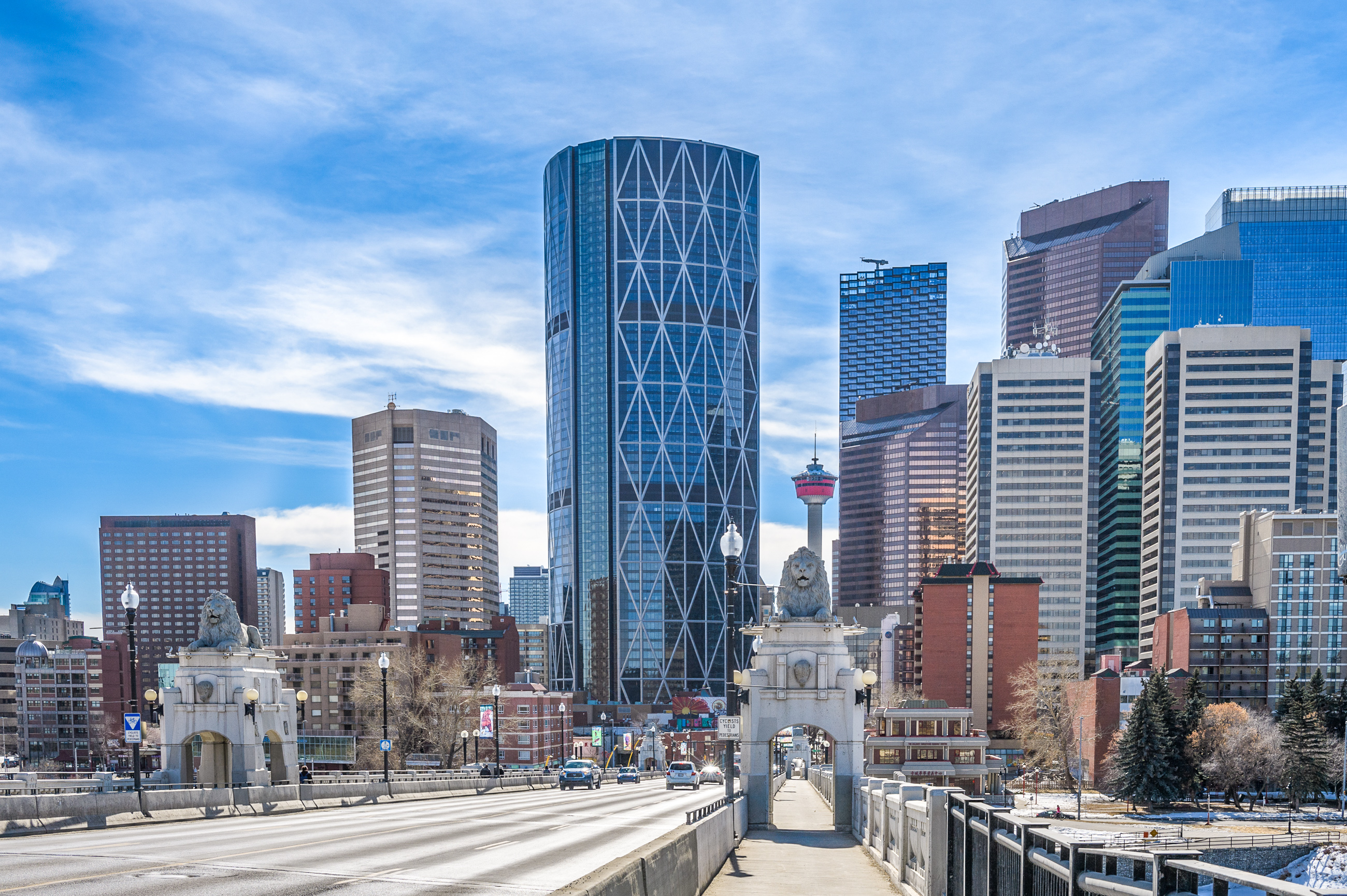Yeah that part is all good, we’ve saved some money and are future-proofed … but also it’s 2025 and it’s a transit system for a city approaching 2 million people. When are we just going to live in the present and start acting like a contemporary transit agency that’s actually interested in competing for mode share?
Smart card payment systems are over 20 years old in many cities, we are approaching a decade for many phone-based tap to pay card systems being widespread too.
It fits into a narrative of aiming to have the minimum viable transit product, but not trying to ever make the service truly attractive and competitive. We’ve saved some costs, but at the expense of a diminishing transit brand, regressive and inflexible fair structures, and clunky systems that aren’t intuitive to use.
